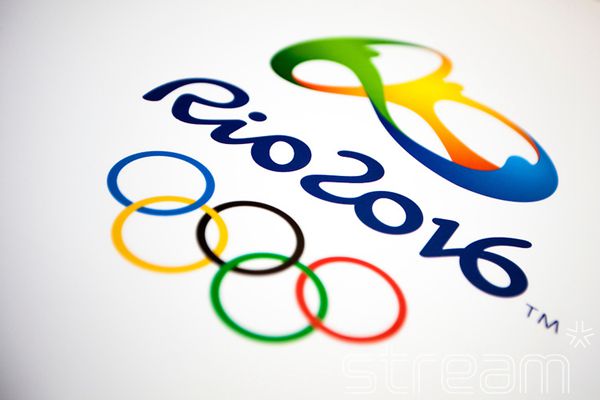All about the Games
 0 Comment(s)
0 Comment(s) Print
Print E-mail China.org.cn, August 2, 2016
E-mail China.org.cn, August 2, 2016
The competition venues will be clustered in four zones – Barra, Copacabana, Deodoro and Maracanã – and connected by a high-performance transport ring. Nearly half of the athletes will be able to reach their venues in less than 10 minutes, and almost 75 per cent will do so in less than 25 minutes. Of the 34 competition venues, of which 18 are already operational, eight will undergo some permanent works, seven will be totally temporary and nine are being constructed as permanent legacy venues.
The Rio Games will also celebrate and showcase sport, thanks to the city's stunning setting and a desire to lift event presentation to new heights. At the same time, Rio 2016 will be an opportunity to deliver the broader aspirations for the long-term future of the city, region and country – an opportunity to hasten the transformation of Rio de Janeiro into an even greater global city.
Torch
|
|
Number of torchbearers: ~450 in Greece, ~12,000 in Brazil
Total distance: ~2,235km in Greece, 36,000km in Brazil (20,000 by road and 16,000 by air)
Countries crossed: Greece, Switzerland and Brazil
Mascot
|
|
Named after one of Brazil's most prominent 20th century cultural icons, Vinicius des Moraes, the mascot for the Olympic Games Rio 2016 constitutes a blend of animals native to Brazil, and symbolises the energy and joie de vivre exuded by the Brazilian people.
Emblem
 |
The Rio 2016 emblem is inspired by the organisers' vision, which is: "All Brazilians uniting to deliver the greatest festival on earth and proudly advancing our national promise of progress." It has, as its essence, the concepts of passion and transformation, which both reflect modern-day Brazil. This positioning is supported by four pillars – harmonious diversity, contagious energy, exuberant nature, and the Olympic spirit. These have all been masterfully combined to give Rio 2016 its colourful identity. This emblem is not only a symbol of Rio's and Brazil's hopes for these Games but also for the future of the city and country.








Go to Forum >>0 Comment(s)